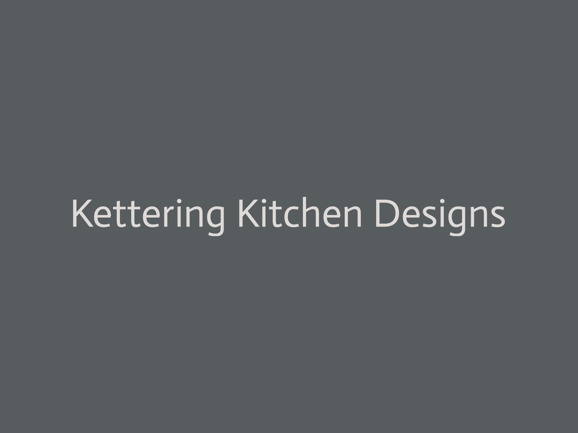Designing and Planning a New Kitchen Project: Exploring the Pros and Cons of Different Styles
Designing and Planning a New Kitchen Project: Exploring the Pros and Cons of Different Styles
3/3/20242 min read


Designing and planning a new kitchen project is an exciting endeavor that requires careful consideration and thought. The kitchen is often referred to as the heart of the home, and it is essential to create a space that is both functional and aesthetically pleasing. One of the key decisions to make when embarking on a kitchen renovation is choosing the style that best suits your needs and preferences. In this article, we will explore the pros and cons of different kitchen styles to help you make an informed decision.
1. Traditional Style
The traditional kitchen style is timeless and classic, characterized by ornate details, warm colors, and natural materials. One of the main advantages of a traditional kitchen is its ability to create a cozy and inviting atmosphere. The use of wood and intricate moldings can add a touch of elegance and sophistication to the space. However, it is important to note that traditional kitchens can be more expensive to design and build due to the intricacy of the details and the cost of high-quality materials.
2. Modern Style
On the other end of the spectrum, the modern kitchen style offers a sleek and minimalist design. Clean lines, smooth surfaces, and a monochromatic color palette are the hallmarks of a modern kitchen. The simplicity of this style makes it easy to clean and maintain, and it can create an open and spacious feel in smaller kitchens. However, some may find the lack of ornamentation in a modern kitchen to be too cold or sterile.
3. Transitional Style
For those who prefer a blend of traditional and modern elements, the transitional kitchen style may be the perfect choice. This style combines the warmth and charm of traditional design with the clean lines and simplicity of modern aesthetics. The transitional style offers the best of both worlds, allowing homeowners to create a kitchen that is both timeless and contemporary. However, it is important to strike the right balance between the two styles to avoid a clash of design elements.
4. Farmhouse Style
The farmhouse kitchen style has gained popularity in recent years, thanks to its rustic and cozy appeal. This style often features reclaimed wood, vintage-inspired fixtures, and open shelving. The farmhouse kitchen is known for its warm and welcoming atmosphere, reminiscent of a country cottage. However, it is important to consider the maintenance and durability of certain farmhouse elements, such as open shelving, which may require more frequent cleaning and organization.
5. Contemporary Style
The contemporary kitchen style embraces the latest trends and innovations in design. It often features cutting-edge appliances, sleek finishes, and bold color choices. The contemporary style offers a fresh and modern look that can make a statement in any home. However, it is important to be mindful of the longevity of certain design trends, as what is considered contemporary today may become outdated in a few years.
When designing and planning a new kitchen project, it is crucial to consider your personal preferences, lifestyle, and budget. Each kitchen style has its own unique advantages and disadvantages, and it is important to weigh them carefully to make the right choice. Additionally, consulting with a professional designer or contractor can provide valuable insights and guidance throughout the process. By considering the pros and cons of different kitchen styles, you can create a space that not only meets your functional needs but also reflects your personal style and taste.
Contact us
Subscribe to our newsletter
01536 239770
